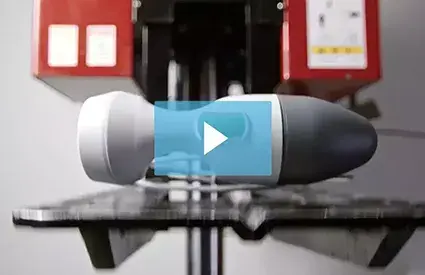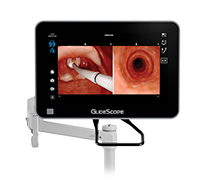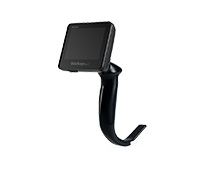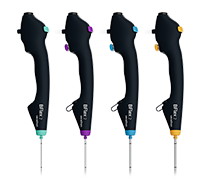The COVID pandemic continues to pose challenges to clinicians struggling to provide the best possible care to their patients. Long hours and staffing shortages are still taking a toll on ICU staff. A study recently published by AARC reported that 79% of Respiratory Therapists (RTs) surveyed for the study reported burnout, with 10% reporting severe burnout1. Unsurprisingly, another study of nurses showed that patient outcomes were worse in hospitals where burnout rates was higher2.
Even before the pandemic, the U.S. Bureau of Labor Statistics projected 19% growth in RT jobs over the next decade, much faster than other occupations. With COVID straining all available resources, finding ways to increase staff efficiency and decrease workloads can go a long way in helping prevent burnout.
“It’s important to staff to appropriately ensure safe patient ratios, even if it means bringing in more traveling therapists”, says Alan Haynie, an RRT and Clinical Educator based in Mesa, Arizona. “The only way to get ahead of this is for folks to choose to get vaccinated, but that’s out of our control. What hospitals can control is making things more streamlined, and making care more efficient.”
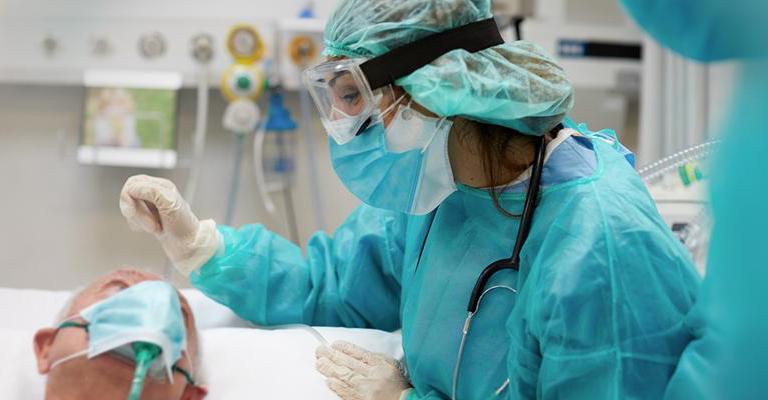
Reducing staff burden while increasing patient safety
One possible solution is to consider utilizing single-use devices to streamline workflow to save time. Reprocessing an endoscope takes over an hour3, taking up valuable staff time that could be spent delivering patient care. And despite years of effort to reduce hospital-acquired infections, the CDC recently reported that hospital acquired infections were up4.
In June 2021, the FDA provided updated guidance recommending the use of single-use bronchoscopes in situations where there is risk of spreading infection, or when immediate reprocessing isn’t available.
“Hiring travelers can provide a facility much needed relief. But processes like scope reprocessing can be very different between hospitals. It takes time and effort to get them trained and used to a new system. Who does the pre-cleaning? Who’s responsible for transporting and restocking the scopes? Reprocessing usually requires multiple staff members. With disposables, no one has to leave the unit. Life just gets easier for the staff”, says Haynie.
As the CDC works with healthcare facilities to implement infection control practices that can weather the storm of the next pandemic, single-use devices often just make sense. In addition to staff efficiency and patient safety benefits, single-use bronchoscopes often have a lower cost-per-use when compared to reusable bronchoscopes. For more information on comparing the operating costs of single-use bronchoscopes versus reusable bronchoscopes, visit the BFlex bronchoscope cost calculator to compare results.
Recognizing the silent warriors
COVID has underscored the vital role respiratory therapists play in managing respiratory illness. RTs are starting to get more recognition for the heroic efforts they are playing supporting our communities through this pandemic.
Haynie explained, “Before the pandemic, doctors and nurses were often recognized and celebrated while RT worked in the background, quietly providing critical care”. Helping to make their jobs easier by saving time is one way to help prevent burnout. But providing recognition for their hard work can also go a long way. “Hazard pay and bonuses are great and well deserved, but even being treated to lunch by unit managers or department directors can make a big difference.”
While COVID has been hard on RT's in the ICU, looking for ways to reduce staff burden and increase recognition can help with retention.
____________________________
1. Andrew G Miller, et al. Prevalence of Burnout Among Respiratory Therapists Amidst the COVID-19 Pandemic Respiratory Care July 2021, respcare.09283; DOI: http://rc.rcjournal.com/content/66/11/1639.
2. Schlak AE, et al. Leveraging the Work Environment to Minimize the Negative Impact of Nurse Burnout on Patient Outcomes. Int J Environ Res Public Health 2021;18(2). https://www.ncbi.nlm.nih.gov/pmc/articles/PMC7828279/
3. Ofstead, C.L. et al. A Glimpse at the True Cost of Reprocessing Endoscopes: Results of a Pilot Project. http://docplayer.net/51959882-A-glimpse-at-the-true-cost-of-reprocessing-endoscopes.html. 2017
4. Weiner-Lastinger, L., et al. (2021). The impact of coronavirus disease 2019 (COVID-19) on healthcare-associated infections in 2020: A summary of data reported to the National Healthcare Safety Network. Infection Control & Hospital Epidemiology, 1-14. Accessed September 7, 2021. https://www.cambridge.org/core/journals/infection-control-and-hospital-epidemiology/article/impact-of-coronavirus-disease-2019-covid19-on-healthcareassociated-infections-in-2020-a-summary-of-data-reported-to-the-national-healthcare-safety-network/8197F323F4840D233A0C62F4726287E1


